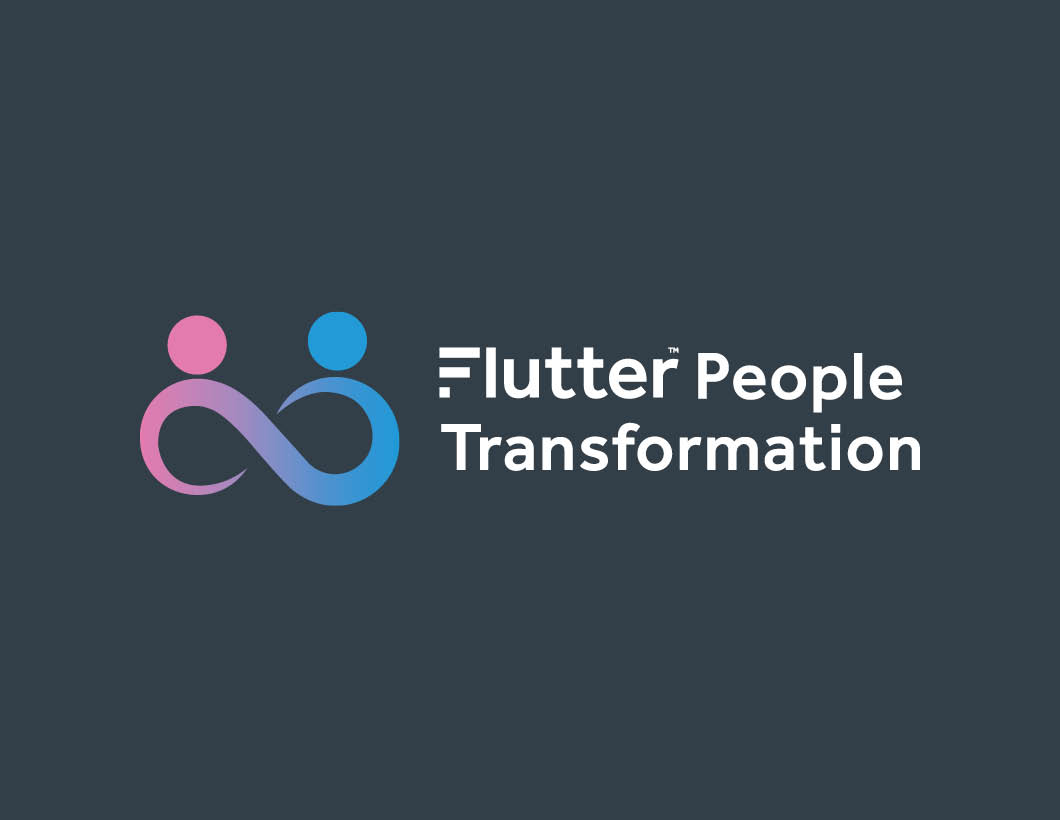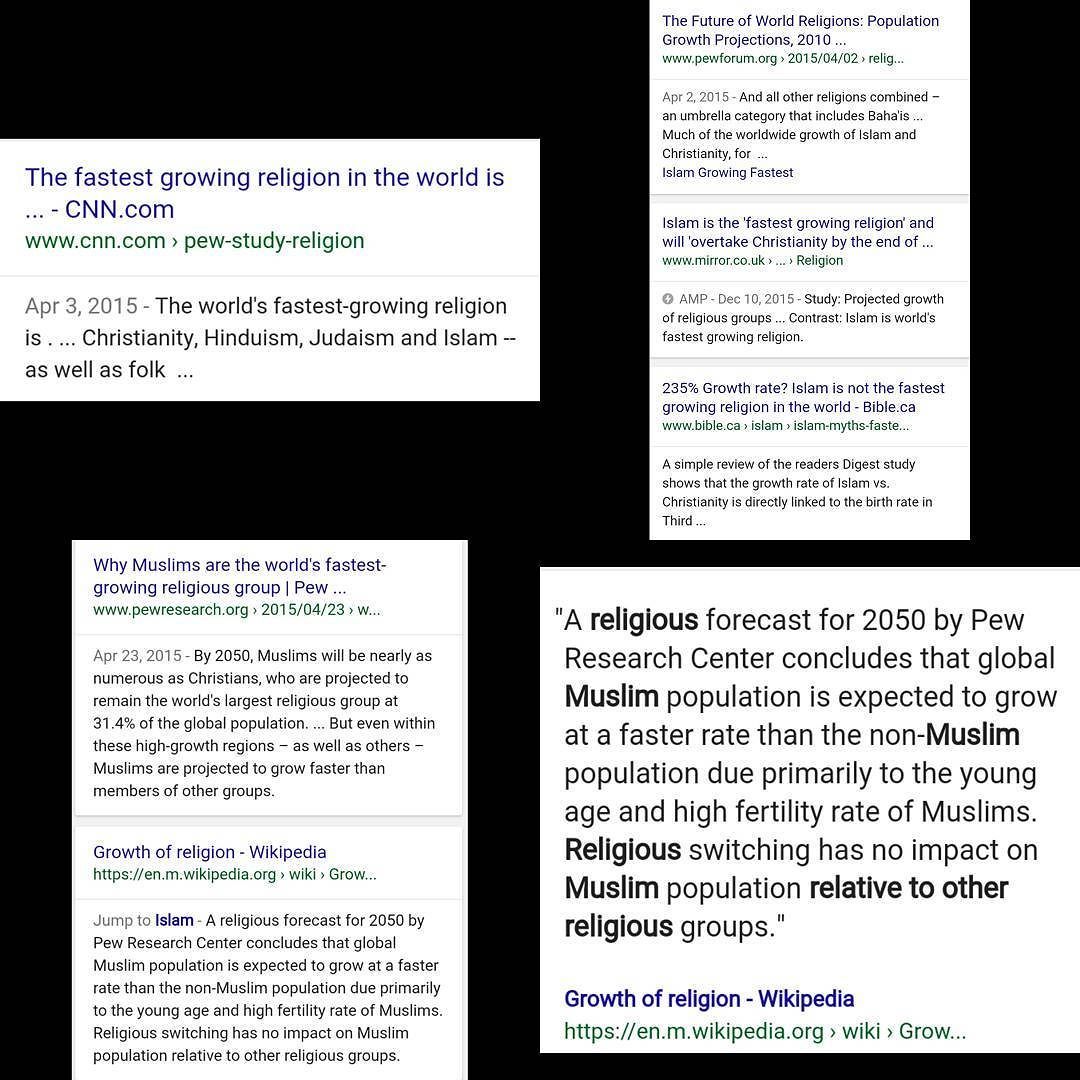Dual Health Insurance Coverage: What You Need to Know About Having Two Plans, Including Medicaid
Understanding Dual Health Insurance Coverage
Many Americans wonder if it’s possible-or even beneficial-to have two health insurance plans simultaneously. With rising healthcare costs and complex family structures, dual coverage is a common scenario for millions. According to the U.S. Census Bureau, over 43 million people in the United States had more than one type of health insurance in 2021, reflecting the growing need for layered protection [1] . This article explores the legalities, practical implications, and step-by-step considerations for individuals considering or currently managing two health insurance plans-including those involving Medicaid.
Is It Legal to Have Two Health Insurance Plans?
Yes, having two health insurance policies is completely legal in the United States. Many individuals find themselves with dual coverage due to life circumstances such as being covered by both their employer and their spouse’s employer, having both Medicare and a private plan, or qualifying for Medicaid while still holding private insurance [2] . However, dual coverage does not equate to double benefits. Insurance companies use a mechanism called Coordination of Benefits (COB) to determine which plan pays first and how much each insurer will pay toward your healthcare costs [1] .
How Dual Coverage Works: Coordination of Benefits
The core principle behind dual insurance is COB-a set of rules that ensures your combined plans do not pay more than 100% of the total cost of any claim. Here’s how it typically works:

Source: dreamstime.com
- Primary Insurance: This plan pays its share of the claim first, up to its coverage limits.
- Secondary Insurance: This plan considers the remaining balance, covering eligible costs not paid by the primary insurer. However, you may still be responsible for deductibles, copays, or coinsurance [3] .
For example, if you break a bone and your primary insurer covers 80% of the surgery, your secondary insurer may cover some or all of the remaining 20%, depending on your plan details [4] .
Common Scenarios for Dual Health Insurance
There are several situations where you might have two health insurance plans:
- Married couples: Both spouses have their own employer-sponsored plans and list each other as dependents.
- Children: Kids may be covered by both parents’ plans, especially if parents are divorced or both have workplace insurance. The birthday rule often determines which parent’s plan is primary: the plan of the parent whose birthday comes first in the year [3] .
- Job transitions: Overlapping employer coverage and COBRA continuation can result in dual insurance during job changes.
- Medicaid and private insurance: Some individuals qualify for Medicaid while maintaining private health coverage.
Medicaid and Dual Coverage
Can you have Medicaid and another health insurance plan? Yes-Medicaid can act as a secondary insurance for those who qualify. If you have private coverage (such as through an employer or spouse) and then become eligible for Medicaid, Medicaid typically serves as the payer of last resort . This means your private plan is billed first, and Medicaid covers approved costs not paid by your primary insurer [2] .
Steps to Manage Dual Coverage When Medicaid Is Involved:
- Determine which plan is primary. For most, private insurance is primary and Medicaid is secondary.
- Inform both insurers about your dual coverage. Provide your Medicaid information to your private insurer and vice versa.
- Present both insurance cards at medical appointments to ensure proper billing.
- Review your state’s Medicaid website or contact your local Medicaid office for specific coordination rules, as these may vary by state.
If you need assistance, contact your state Medicaid agency. To find contact information, search for your state’s official Medicaid website or call your local Department of Health and Human Services.
Advantages of Having Two Health Insurance Plans
1. Reduced Out-of-Pocket Costs: If your primary plan doesn’t cover a particular service or you face high copays or deductibles, your secondary plan may help cover those expenses. This can be especially helpful for families with frequent healthcare needs or ongoing medical expenses [3] .
2. Broader Coverage: With two plans, you may gain access to a wider range of providers or medical services. This is particularly valuable if your primary plan has a narrow network or limited benefits.
3. Flexibility During Transitions: Dual coverage offers a safety net during life changes like job transitions or divorce, helping to ensure continuous access to care.
Potential Challenges and Considerations
While having two health insurance plans can be beneficial, it also comes with important caveats:
- No Double Payouts: Insurance companies coordinate to ensure you’re not reimbursed more than the total cost of care. You won’t receive twice the benefit for the same medical service [4] .
- Complex Claims Process: Managing paperwork, understanding which plan pays first, and handling denied claims can be more complicated.
- Plan Restrictions: Not all services are covered by both plans. Some secondary insurance may not pay if the primary has already paid its maximum allowable amount.
- HSA Compatibility: If you have a High-Deductible Health Plan (HDHP) and a secondary plan, you may become ineligible to contribute to a Health Savings Account (HSA) if the secondary plan covers expenses before the HDHP deductible is met [2] .
Before maintaining two policies, review your plans’ coordination rules and speak with each insurer’s member services for guidance tailored to your situation.
How to Access and Coordinate Dual Health Coverage
If you’re considering dual health insurance coverage, here’s a step-by-step approach to ensure you maximize your benefits and minimize disruptions:

Source: dreamstime.com
- Evaluate Your Eligibility: Confirm that you qualify for both plans. For Medicaid, check state-specific eligibility criteria; for employer plans, review enrollment periods and dependent coverage rules.
- Inform Both Insurers: Contact the customer service centers for each plan and notify them of your dual coverage. Ask about specific documentation or forms required to set up COB.
- Understand COB Policies: Request written details of each insurer’s COB policy. This will clarify which plan pays first and how to file claims.
- Keep Records: Save all Explanation of Benefits (EOB) forms, bills, and correspondence with providers and insurers. This helps resolve billing errors and ensures proper coordination.
- Ask for Help: If you encounter confusion or denied claims, reach out to your employer’s benefits coordinator, your state Medicaid office, or a licensed insurance agent for assistance. If searching for help online, use official search terms such as “State Medicaid Coordination of Benefits” along with your state’s name.
Alternatives and Special Circumstances
Not everyone will benefit from dual coverage. Some may find that paying for two policies is unnecessary if one offers comprehensive coverage. It’s also possible that your employer or primary insurer may not allow dual coverage, or that a secondary plan provides minimal additional benefit.
If you have unique circumstances-such as being eligible for Medicare and Medicaid (also known as “dual eligibles”)-you may qualify for specialized programs offering enhanced coordination and additional benefits. In these cases, contact your local Medicaid or Medicare office for program details.
Summary and Key Takeaways
You can have two health insurance plans, including Medicaid and private insurance, provided you qualify for both. Dual coverage can help reduce out-of-pocket costs and offer broader protection, but it requires careful coordination and awareness of each plan’s COB rules. Medicaid generally acts as the secondary payer and helps cover eligible costs not paid by your primary plan. For guidance, contact your insurers, employer benefits coordinator, or your state’s Medicaid agency. Always use official agency names and search your state’s Department of Health or Medicaid office for the most accurate information.
References
- [1] MetLife (2023). Can You Have Two Health Insurances? Common scenarios and rules explained.
- [2] Thatch (2025). Pros and Cons of Having Two Health Insurance Policies.
- [3] eHealth (2025). Can you have two health insurance plans?
- [4] SmartAsset (2025). Pros and Cons of Having Multiple Health Insurance Plans.
MORE FROM cheerdeal.com













